Jul 5, 2017
Participants group 6
Feb 9, 2017
This workshop is about real people, real places, real scale and real material.
Architects design formal structures, often forgetting to design things like solar shades. In the Ahmedabad sun you need shade in public places, so people cover streets with plastic or place parasols on the pavement.
The participants experimented with fabric engineering. They designed solar shades: structures with fabric. Mock-ups and 1:1 models were made to examine how the fabric can be used in an architectonic way. The 1:1 models were then installed in different places around Ahmedabad to test the results.
Waste material was used for the structures and fabric. The fabric was made out of leftovers from the denim production. (According to The Times of India, Ahmedabad is the third largest producer of denim worldwide.)
Another issue addressed at this workshop is the knowledge sharing between craftsmen, or craftswomen in this case, and the designer. The participants had the help of four highly skilled dressmakers. They showed them how the appearance of the fabric can change by just a few strategic stitches.
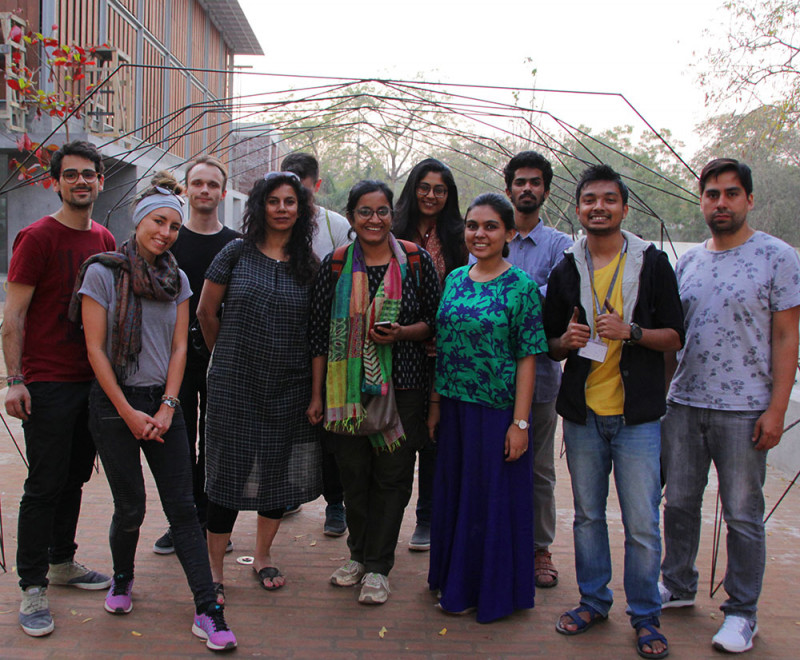
Feb 6, 2017
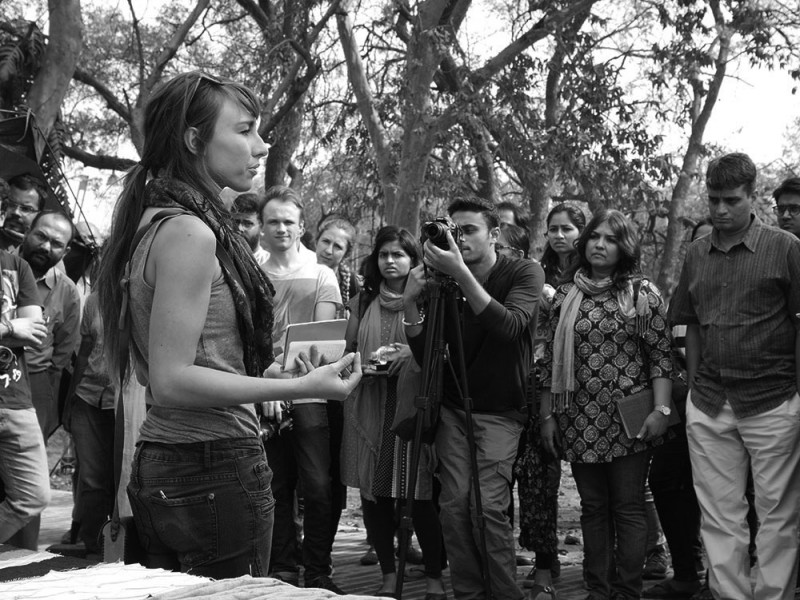
Feb 5, 2017
mid term presentation - Christelle
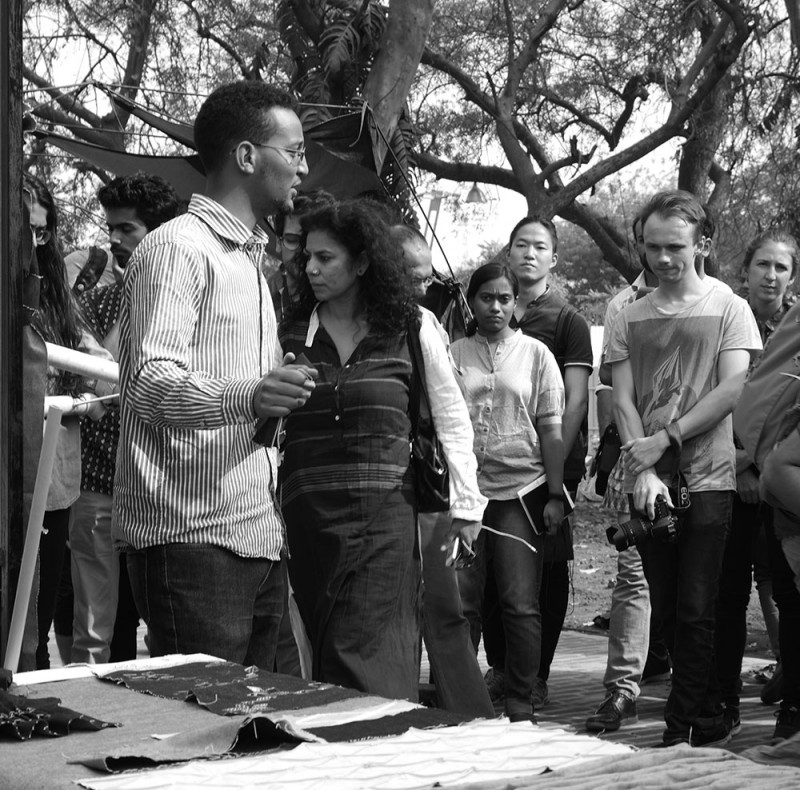
Feb 5, 2017
mid term presentation - Amanuel (l) and Kristaps (with camera)
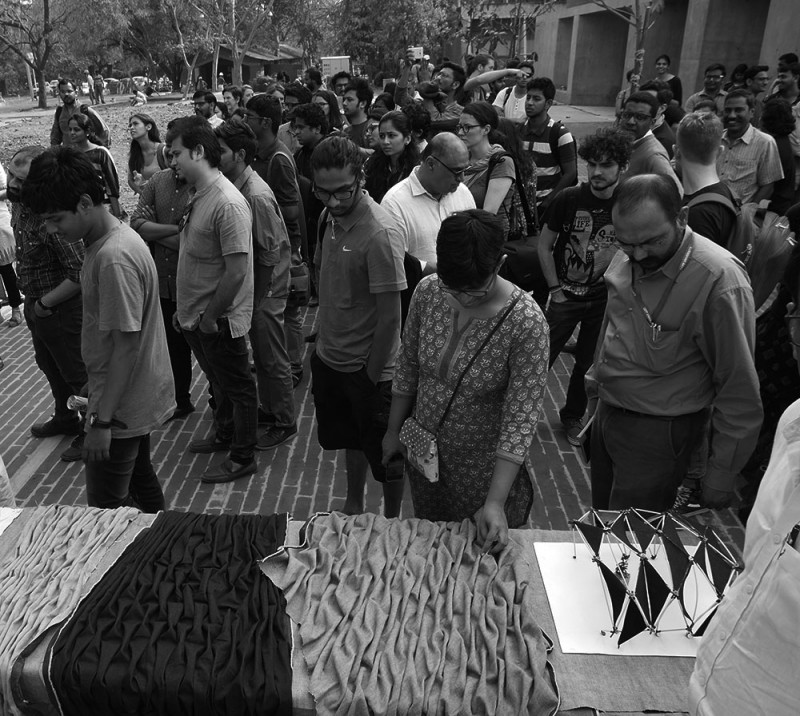
Feb 5, 2017
mid term presentation

Feb 4, 2017
work in progress - Kristaps and Alejandro

Feb 4, 2017
work in progress - Rajashri
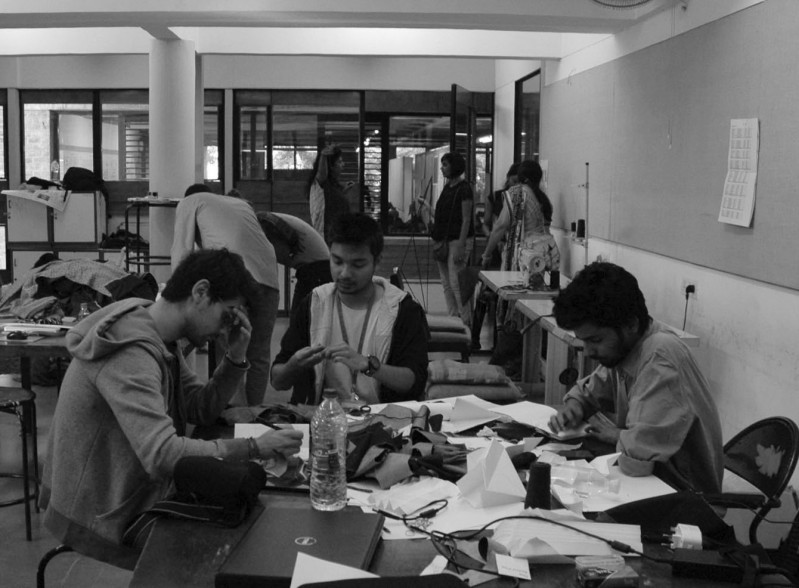
Feb 4, 2017
work in progress - Salvatore, Amit, and Prashant

Feb 4, 2017
work in progress

Feb 4, 2017
work in progress
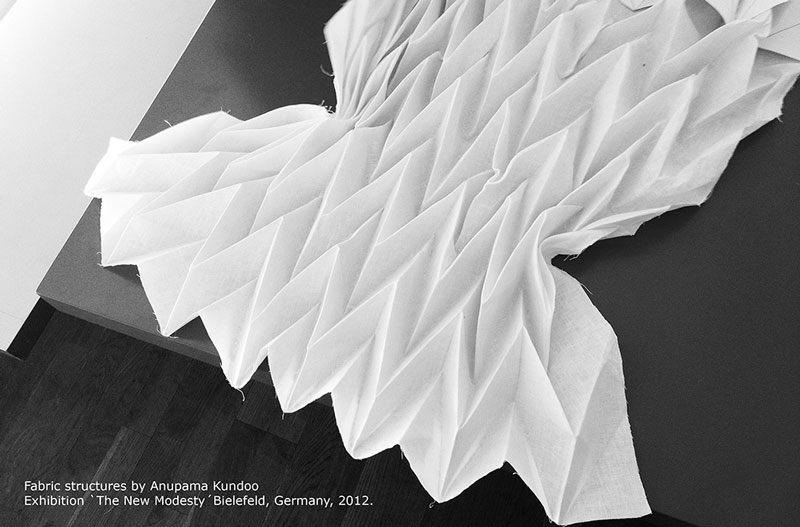
Nov 22, 2016
Urban Fabric Structures
Textile structures have been traditionally used in a range of applications providing temporary shelter, from small sun protection elements over market stands, to more complex ‘shamianas’ for large gatherings like dinners and wedding receptions. Outdoor communal activities have been possible in hot climates due to simple low-cost, shade-providing structures that facilitated a flexible and temporary colonisation of public space for different uses. In contemporary urban developments, this intermediate element between structure and open space has been neglected, and there is widespread use of industrially made plastic modular tent structures that are available on rent. These structures are part of the dying micro-narratives in the rapidly growing, emerging landscape of megacities.
The workshop will investigate the challenge of designing fabric structures that can plug into contemporary urban fabric of mega-cities where temporary structures can continue to extend the quantity and quality of outdoor public spaces, while enriching them with micro-narratives of the immediate local context. These micro-narratives will be achieved through using locally sourced recycled materials, as well as developing upon the rich local skills and traditions involving textile wastes, patchwork and other embroidery involving shells, mirrors etc. The reuse of textile industry waste material that is locally available in large quantities: denim fabric strips, bobbin bases, paper rolls and plastic packaging materials.
The constructions produced at full-scale could be used as shading structures in public space; architecture for temporary events or even temporary shelter as per the workshop process.
The installation will be first created at CEPT campus but eventually installed in abandoned mills, riverfront promenade, markets, construction or refugee sites.












